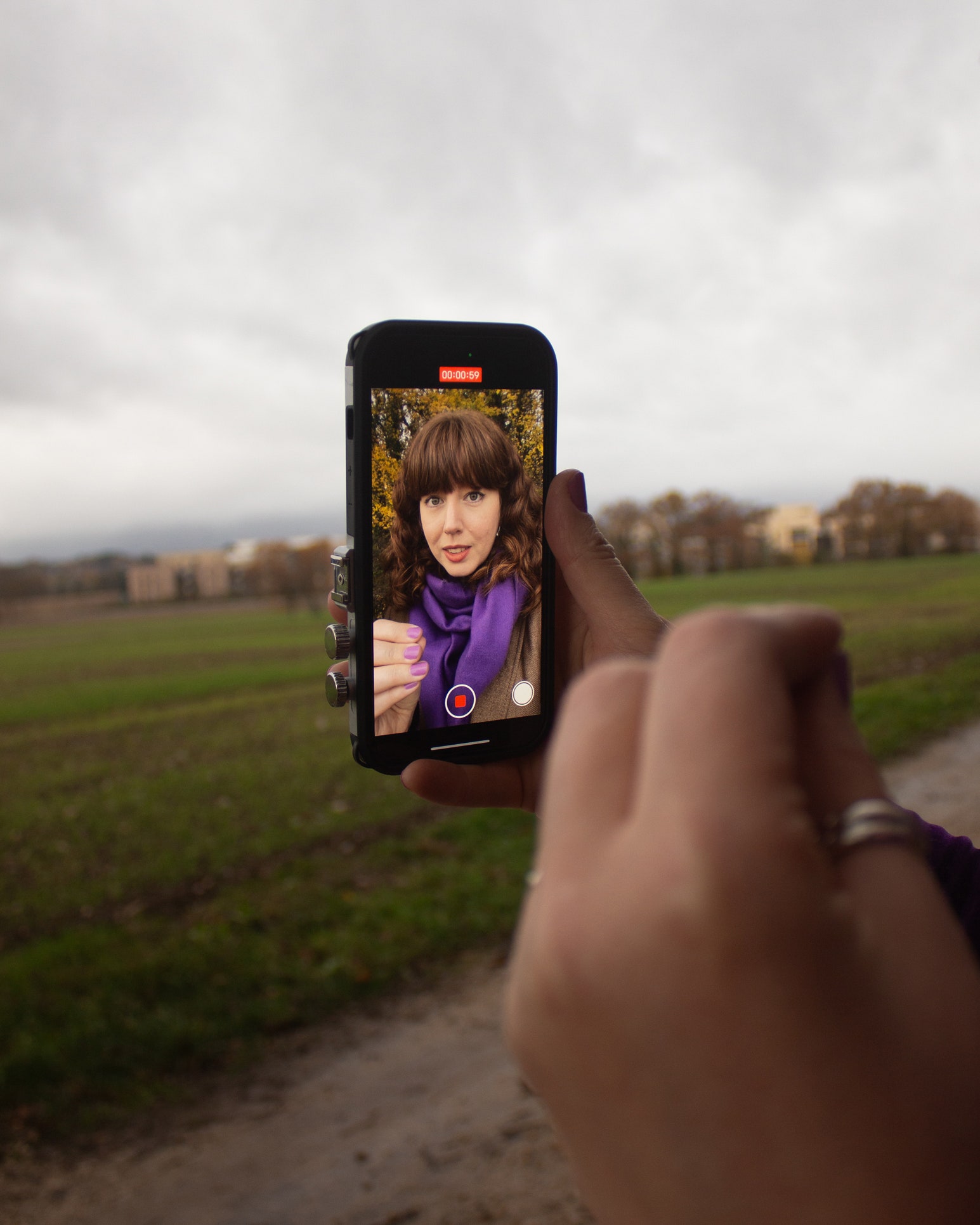But the detector is more complicated than you might think. “The detector is made up of many different layers,” she explains. “We often describe it as an onion.” At the center, there’s a tracker that tracks the particles passing through it. Then the calorimeter measures the energy that the particle loses as it travels, often by stopping the particles, and the particle-identification detectors identify particles, usually by measuring their mass.
It’s at the first layer, the heart of the detector, that Dr. Nellist’s pixel detector, which is part of the ATLAS experiment at CERN, comes in. “The pixel detector is the very first layer that the particles pass through, the very first detecting layer, and so it has to be incredibly precise in terms of the space where we’re measuring where these particles have gone.”
This is one place where the absolute success of the Large Hadron Collider works against scientists—the number of particles passing through the detector is extremely high, but each of these particles causes damage to the detector. “We have a friendly competition that the better the accelerator operates, the more quickly our detectors degrade. And so we have to design newer versions that can handle the increased radiation damage.” It’s a constant process of designing and upgrading for both robustness and sensitivity. “What we want to do is make the most robust design that is also still operating very quickly and very precisely,” she explains.
She hasn’t forgotten her love of English though, and she still uses her talent for language through her science communication work. She’s especially known for her videos on TikTok and Instagram. “Science communication is a way to make sure other people get to be exposed to the kind of work we’re doing and get to ask questions and not be made to feel silly about it,” she explains. “Because everybody started from somewhere where they didn’t know what was going on.”
“I had opportunities because of my parents and that kind of thing,” she continues. “I want to be able to give other people the opportunity to find out what we’re doing.”
Photograph: Ankita Das
Why This Kind of Work Matters
At this point in her career, Dr. Nellist’s work has shifted more toward data analysis than building detectors—she now studies top quarks. “Despite being discovered in 1995, there’s still a lot we’re learning about them, and they might be able to help us understand what dark matter is.” She is also an assistant professor of physics at the University of Amsterdam.
Her enthusiasm for her work is palpable. “What I really love about the work that we’re doing is that there are many, many technological advancements that come from it,” she says. “We’re not planning on them at the beginning. It’s just the fact that when you put thousands of people together who are curious and want to design the best detectors or accelerators or ways of processing the data, then a bunch of new advancements come along. And because it’s CERN, we don’t patent anything. It’s not designed to make money. We just publish it.”
From medical technology to communications advancements to the internet as we know it, it’s virtually impossible to list every single invention and innovation that has come from CERN or the organization’s data.
“I love the fact that even though I’m not working specifically on that, I get to feed into and support innovation that is going to help people live better lives.”


